A quahog is a clam but a clam isn’t necessarily a quahog. Steamers are clams but they aren’t always steamed, in fact fried clam strips can be made from steamers. Cherrystones are bigger than little necks but smaller than quahogs and they are all clams. If you aren’t from around here your head is probably spinning right now, and frankly we are sick of explaining it to people like you.
Locals forget that these sentences make no sense whatsoever to outsiders. We poke fun at tourists and washashores on this site but deep down we want them to enjoy their stay in our home. We wrote this post so that you, the locals, no longer have to explain clams to your visitors, you can just send them here to learn. So here we go…
Alright all you washashores, pay attention. The first thing you need to know is that there are two distinct types of clams that we eat here on Cape Cod. The soft shell clam and the hard shell clam. Both are bivalve mollusks but the hard shell clam is in the Veneridae family while the soft shell clam is in the Myidae family.
Soft Shell Clams
We will start with the soft shell clam, more commonly known as steamers.
Steamers are the most traditional Cape clam. Just like most local Cape Cod men they are known for their big penis… The neck that looks like a penis sticking out of the shell that is. Steamers are most commonly served at places called “Raw Bars” and traditional clambakes. Not coincidentally they are most commonly steamed open and served as a “bucket” of steamers alongside a bucket of the hot water they were cooked in and melted butter. When eaten in this traditional manner there are three basic steps you will need to know in order to enjoy your meal.
1. Make sure you peel the skin off the neck of the clam or you will be done chewing right about the time when Arabs and Jews start getting along.
2. Dunk your clam into the hot fresh water a few times to avoid getting half the beach in your mouth. Yes they are sandy, they don’t live in condos.
3. Completely submerge the steamer in the melted butter prior to eating, do not be timid. If the person across the table from you isn’t being blinded by the sun glistening off your greasy chin then you are doing it wrong, plain and simple.
Now let’s move on to the second type of preparation for soft shell clams, fried clams. You will mostly find your fried clams at “Clam Shacks” and “Shanties”. They will traditionally come either as a “plate” with french fries, cole slaw and tartar sauce or as a “roll” on a hot dog bun.
The most important thing to know about fried clams is the difference between “strips” and “whole”. Basically a “clam strip” has the gastrointestinal tract and “belly” removed. So if you don’t like eating the feces of an animal that lives buried in mud I would recommend the strips. If you like eating shit, then go for the whole clams with bellies. Nobody will ever put it more straight forward than that for you.
Hard Shell Clams
OK now you inlanders really need to pay attention because this is where things get a little more complicated.
Hard shell clams, also known as quahogs, have names based on their size. This is the basic rundown…
Count Neck: The smallest clam legal to harvest. They are tiny.
Little Neck: The smaller size of clam, sometimes eaten raw or cooked on the half shell.
Top Neck: A little larger, often found “shell on” in sauteed dishes.
Cherrystones: These make great chowder and casinos.
Quahog: These big guys are mainly used for Stuffed Quahogs.
Essentially, not unlike cows, the smaller the clam is the more tender the meat will be. This is why little necks and top necks will be most often served on the half shell and in many cases raw. Little necks and top necks are also the clams you will most likely find in sauteed dishes like linguine with clams or paella. They also have much smaller bellies than their big brothers, which means when eaten whole you will not be getting that aforementioned feeling of chewing on poop. Which is nice.
Cherrystones and quahogs are mainly known as “chowder clams” or for being chopped and used in “stuffed quahogs”.
Clam chowder done right is spectacular, but unfortunately and honestly it is very rarely made from scratch in most restaurants on Cape Cod. (except the high end expensive ones) Nine times out of ten when you order clam chowder on Cape Cod you will be eating Kettle Cuisine that came fully prepared in a bag. It’s a bummer, but it’s the reality, and this site is called The Real Cape for a reason, we aren’t here to lie to you. The good news is that Kettle Cuisine chowder is actually not terrible, it’s nothing special, but it’s not bad either.
Stuffed Quahogs on the other hand? People still take pride in their stuffies around here. Traditional Cape Cod stuffed quahogs contain a mix of stuffing, linguica (traditional Portuguese sausage) and chopped quahogs and make for a great appetizer or small meal. Almost every local Cape restaurant still makes their own hogs. The ones that don’t? They get them from one of the local, small batch stuffed quahog companies who also take pride in what they do (ie: Chad’s). When you have a stuffed quahog on Cape Cod you can rest assured that you are eating something you can’t get anywhere else but here.
So there you have it, a crash course on clams on Cape Cod. We will end the lesson with our top 5 clam dish power rankings. As with all lists, this is a completely subjective process. If you don’t agree then you can kindly go make love to yourself.
5. Steamers – love the necks, hate the bellies
4. Fried clam strips – delicious but greasy
3. Clam chowder – bonus for a bread bowl
2. Linguine with clams – two words, mangia bene!
1. Stuffed Quahog – The Portuguese immigrants greatest gift to Cape Cod may just be linguica for our stuffies. Just a perfect combination.
P.S. If enough people share this we won’t have to waste half of our lives explaining this to outsiders.
Facebook: The Real CapeTwitter: Hippie - Insane Tony
More Articles From The Real Cape:




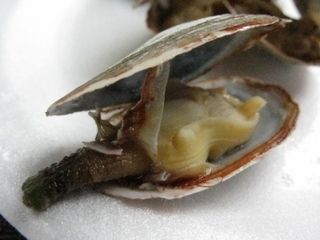
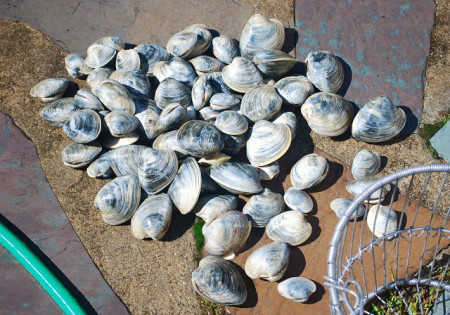
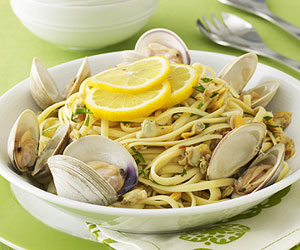
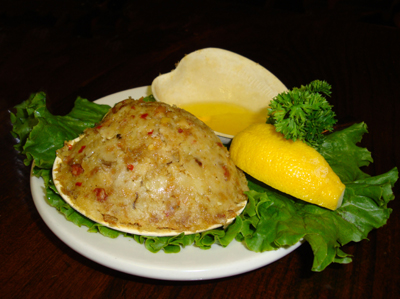
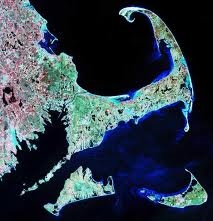


And it is pronounced COHOG not KWAYHOG. You should add that for the tourists.
What’re your thoughts on paper Quahog shells? I was served Quahog stuffing in a paper shell recently. I’m not sure how I feel about substituting for the real thing.
Hot fresh water?? No, use the hot water you steamed them in! Sheesh
An old salts trick let the steamers sit in corn meal and cool salt water before cooking the clams will take in the corn meal and drop some sand
Whole clams or GTFO. Strips are for nancy boys. A real Cape Codder eats em whole or not at all.
Yea, these guys are pussys!
Agree
What, no scoll-ups? How did these get omitted?
Ya forgot Sea Clams!
Areally the quahog good for clams casino
Just wondering if you want to use quahog for clams casino
[…] just what is a quahog? Allow us to set the record straight. Little necks, cherry stones, top necks, and quahogs are […]
After looking online for what a Quahog Clam was I found this funny article with their explanation of all clams!